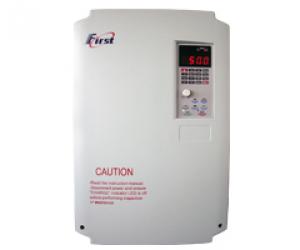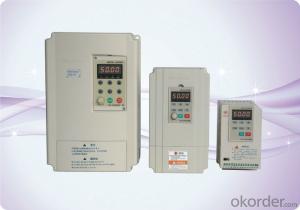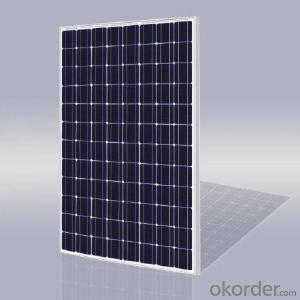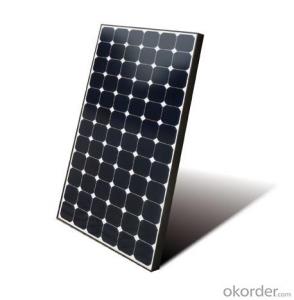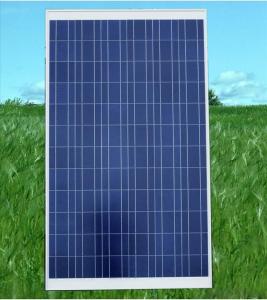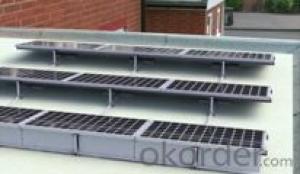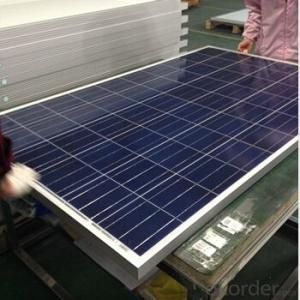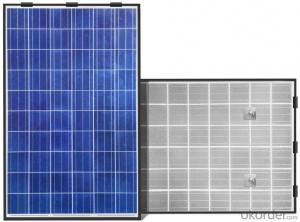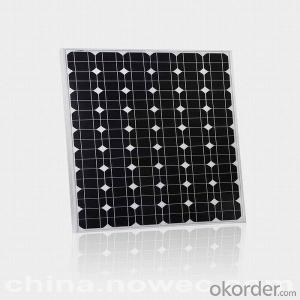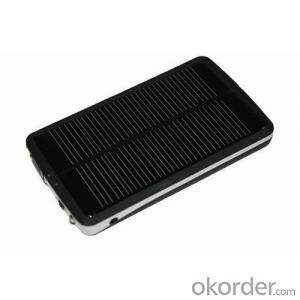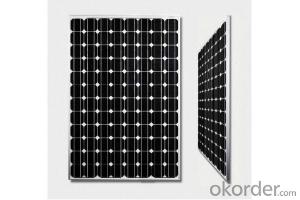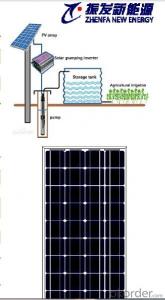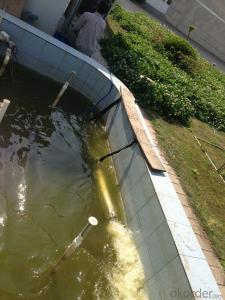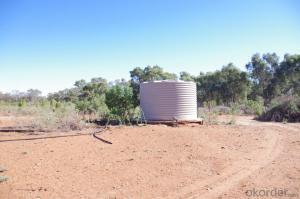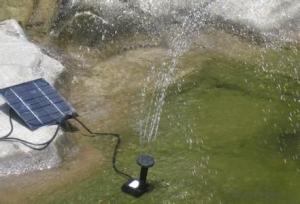Best Solar Panel Inverter
Best Solar Panel Inverter Related Searches
Best Inverter Solar Panel Best Inverter For Solar Panels Best Solar Power Inverter Best Solar Inverter The Best Solar Inverter Best Inverter Solar Best Solar Battery Inverter Solar Inverter Best Solar Best Inverter Best Inverter For Solar Best Inverter For Solar System Which Solar Inverter Is Best Best Solar Pump Inverter World Best Solar Inverter Best Solar Inverter For Home Best Inverter Solar System Best Home Solar Inverter Best Solar Hybrid Inverter Best Solar Inverter Generator Buy Solar Panel Inverter Best Solar Inverter Brands Best Solar Inverter 2022 Top Solar Inverter Best Hybrid Solar Inverter Power Inverter For Solar Panel Best Solar Inverter 2019 Best Solar Inverter Charger Best 12v Solar Inverter Solar Panel Inverter Best Solar Inverter BatteryBest Solar Panel Inverter Supplier & Manufacturer from China
The Best Solar Panel Inverter is a high-quality product designed to efficiently convert solar energy into usable electrical power. These inverters play a crucial role in the solar energy system, ensuring that the energy generated by solar panels is effectively harnessed and utilized. They are essential components in residential, commercial, and industrial solar power setups, providing reliable and efficient power conversion.The Best Solar Panel Inverter is widely used in various applications, including off-grid systems, grid-tied systems, and hybrid systems. It is particularly useful in scenarios where a stable and reliable power supply is needed, such as in remote areas without access to the main power grid or in situations where backup power is required. These inverters are also employed in solar-powered streetlights, electric vehicle charging stations, and other renewable energy projects.
Okorder.com is a leading wholesale supplier of the Best Solar Panel Inverter, boasting a vast inventory that caters to diverse customer needs. The company is committed to providing top-notch products at competitive prices, ensuring that customers receive the best value for their investment. With a strong focus on quality and customer satisfaction, Okorder.com has established itself as a trusted source for solar panel inverters and other renewable energy solutions.
Hot Products






